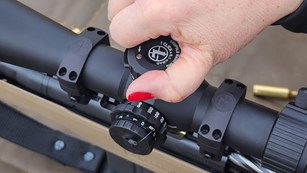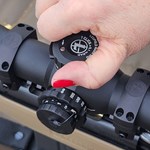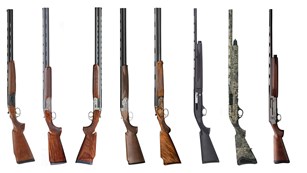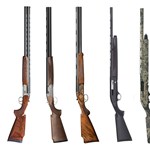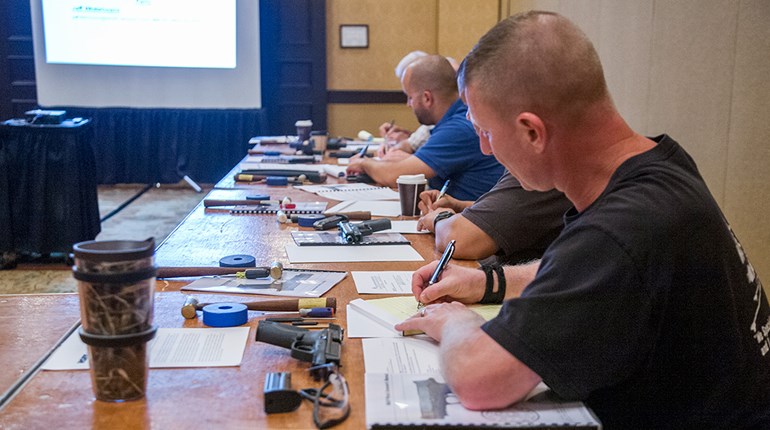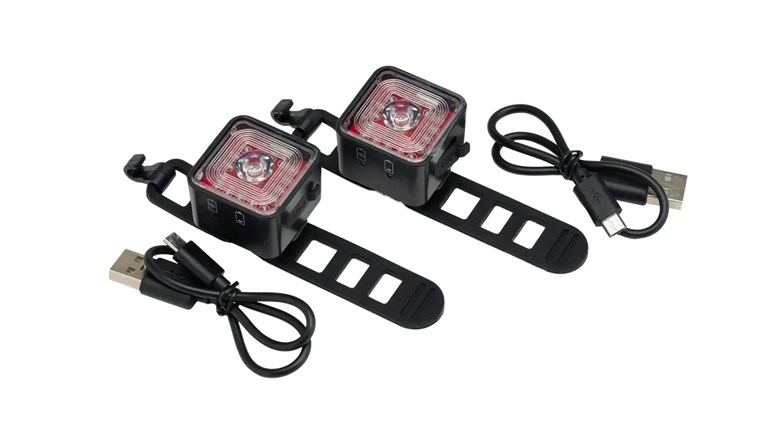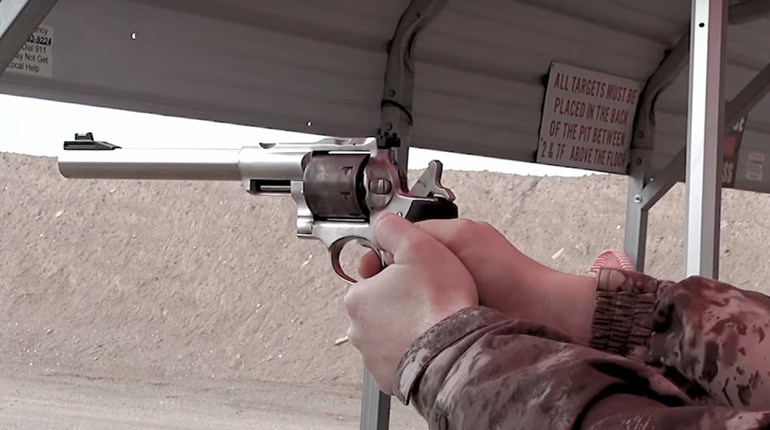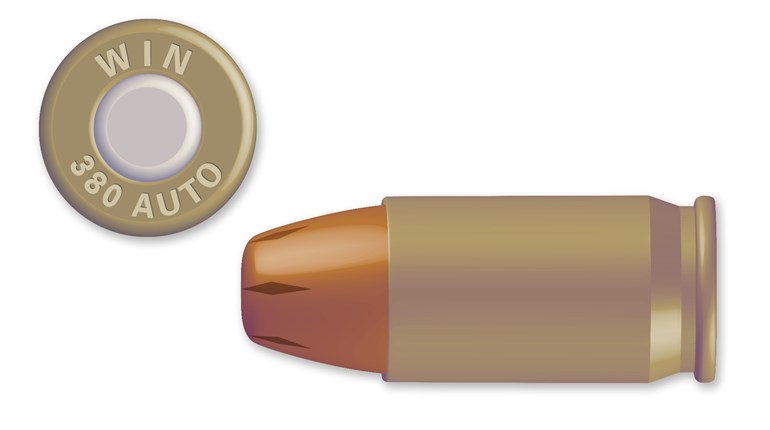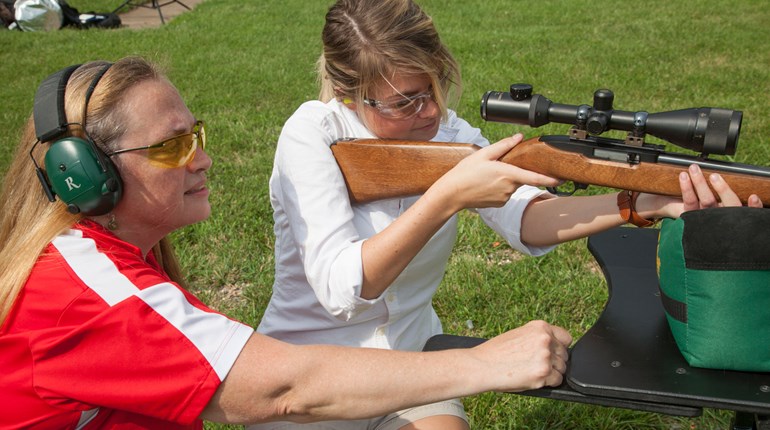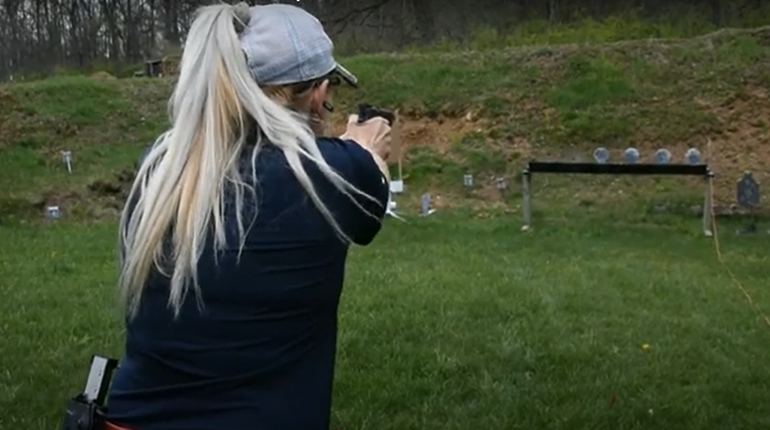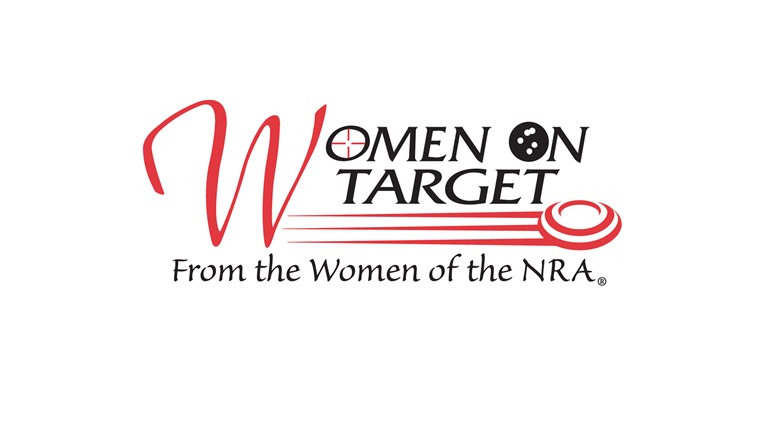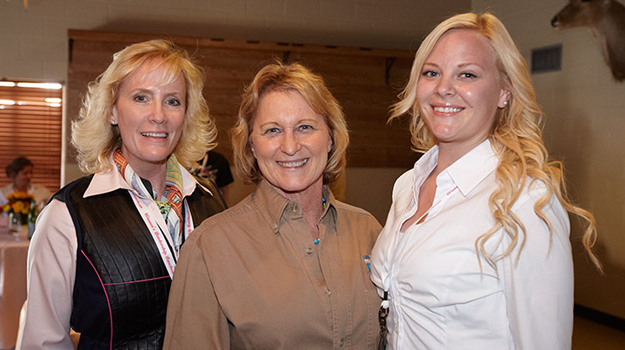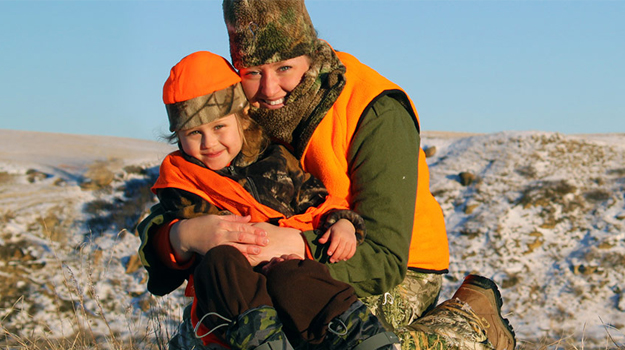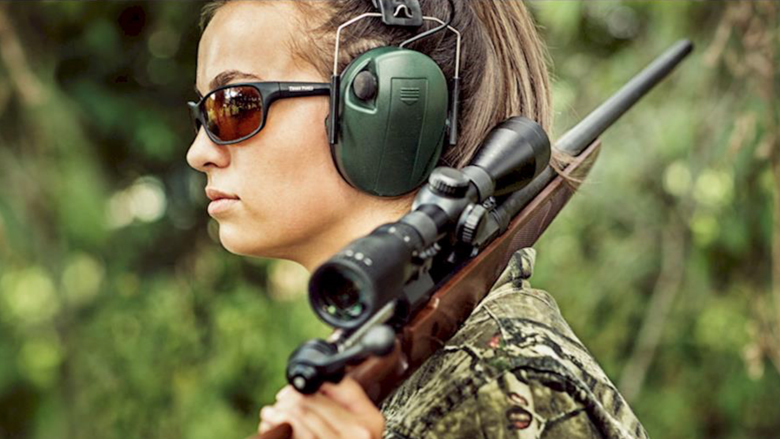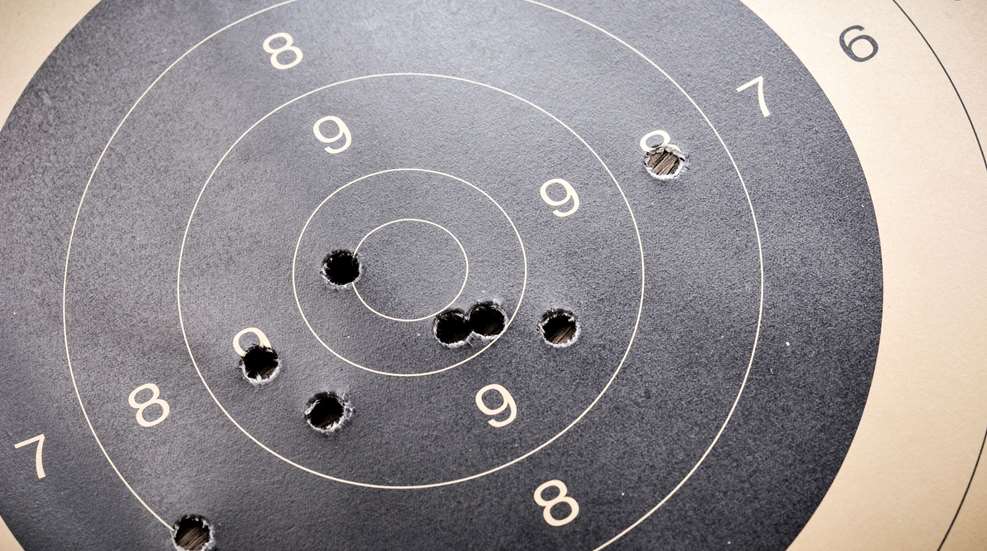
When you take a series of shots at a paper target, the holes your firearm just put there are called “groupings.” As a defensive shooter, your goal is to get your grouping no larger than the size of your fist, right in the bullseye. Ask any firearm professional, and they will tell you the same thing: This takes plenty of practice! Remember that like any other sport, getting good at shooting takes time.
Analyzing your groupings is a learning experience. It allows you to discover what you are doing wrong in your shooting. Once you determine where your placements are, you can properly diagnose the issue and make a correction.
We’re starting with left-side placements because that’s where I notice most of my beginner students seem to shoot. And I have to admit—whenever I buy a new gun and shoot it for the first time, that’s where my placements land, too!
Let’s start with low left placement, around the area of about seven o’clock on the circular target. If your groupings land there, you could be jerking the gun.  That is usually caused by applying excess pressure to the trigger, pushing it down, and to the left. Be careful not to jerk or slap the trigger when you shoot. Proper trigger control is achieved by applying gradually increasing pressure to the trigger until the shot is fired.
That is usually caused by applying excess pressure to the trigger, pushing it down, and to the left. Be careful not to jerk or slap the trigger when you shoot. Proper trigger control is achieved by applying gradually increasing pressure to the trigger until the shot is fired.
Next is low horizontal left placement, around the eight o’clock area on the target. This is often caused by poor sight alignment (meaning the front sight alignment is off to the left). 
To correct, be sure you have proper sight alignment. The top of the front sight should be even with the top of the rear sight. Low horizontal left groupings can also be caused by applying extra pressure with your fingertips and/or pinkie. As listed above, proper trigger control is achieved by applying gradually increasing pressure to the trigger until the shot is fired.
Third is left horizontal placement, in which the grouping is around the nine o’clock position. This is caused by increasing grip pressure while the shot breaks, in addition to bending your wrist to the left. Another cause is relaxing the elbow while the shot breaks.  To correct these errors, try to have someone meet you at the range, so they can watch your grip and stance while you’re shooting.
To correct these errors, try to have someone meet you at the range, so they can watch your grip and stance while you’re shooting.
Finally, there’s high center placement, in which the grouping is clustered around the 12 o’clock position. With my students, I have found the most common cause is poor sight alignment—their front sight is too high.  Make sure the top of the front sight is even with the top of the rear sight, and that should fix the problem. If not, another common cause for high center placement groupings is moving your wrist up while shooting.
Make sure the top of the front sight is even with the top of the rear sight, and that should fix the problem. If not, another common cause for high center placement groupings is moving your wrist up while shooting.
Happy shooting!
Additional Reading: Troubleshooting Your Target: When You're Shooting Right
Troubleshooting Your Target: When Your Grouping Is Scattered
Troubleshooting Your Target: Sight Alignment Mistakes
About the Author: Maureen Sangiorgio is an NRA Certified Firearm Instructor/Range Safety Officer.


